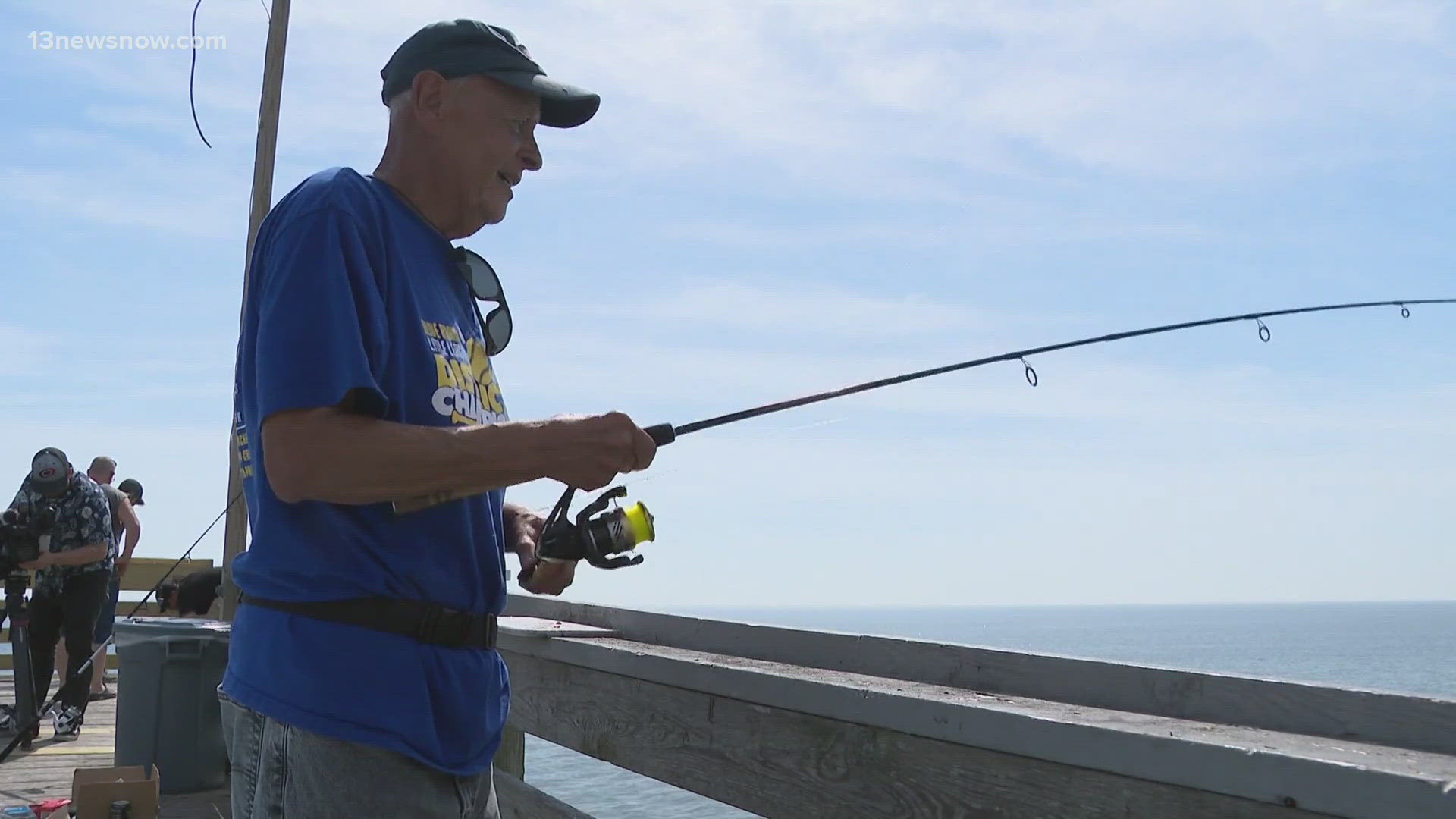NORFOLK, Va. — A measure passed by Virginia lawmakers, first met with pushback, has led to a surprising economic boost that goes beyond land preservation.
In 2020, lawmakers passed a measure that would update the decades-old Bay Act.
In doing so and after a recommendation from the Virginia Marine Resources Commission, lawmakers made “living shorelines” the default method for erosion control in the state.
That meant no more backyard bulkheads and shoreline options that many consider better looking by traditional standards.
A living shoreline has plants, vegetation and things that filter bad stuff out of the water. They’re natural and have more of an unkempt appearance.
Examples of hard shorelines include concrete walls, heavy bulkheads, and ripraps.
Since that measure was passed more than four years ago, we’re seeing a new benefit to living shorelines.
According to a team of researchers from the Virginia Institute of Marine Science (VIMS), living shorelines boost the state’s recreational fishing industry three times more than hardened shorelines.
And there’s a simple reason why.
Predator fish like trout, rockfish and flounder, all flock to where live bait is, and living shorelines are the perfect home for crabs, grass shrimp, and other species at the bottom of the food chain.
The more bait, the more fish.
And those changes to guidelines from 2020 are now producing more than $6.4 million every year in economic value from recreational anglers, according to the VIMS study.
The study is the first to assign an economic value to the benefit of living shorelines.

